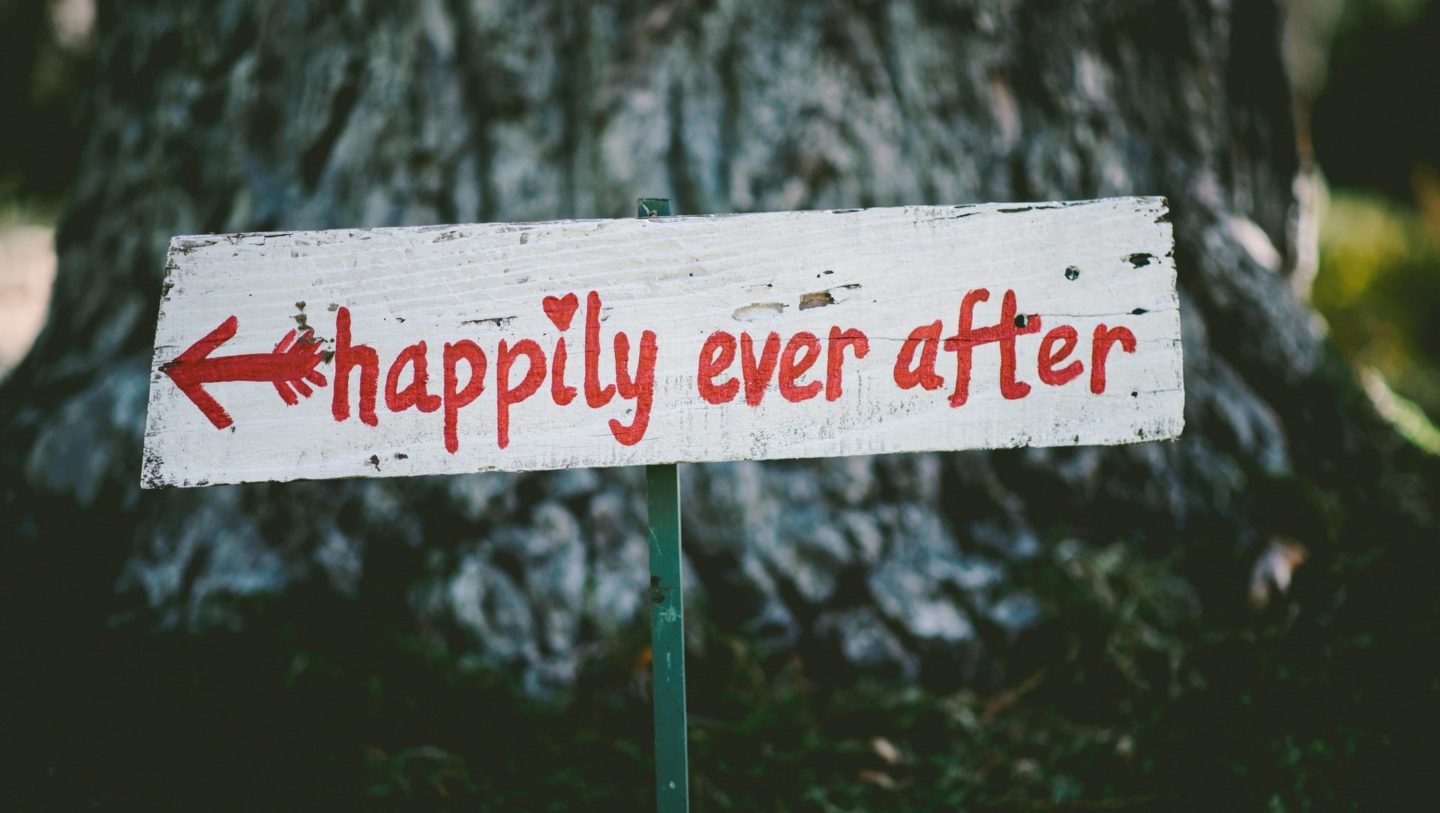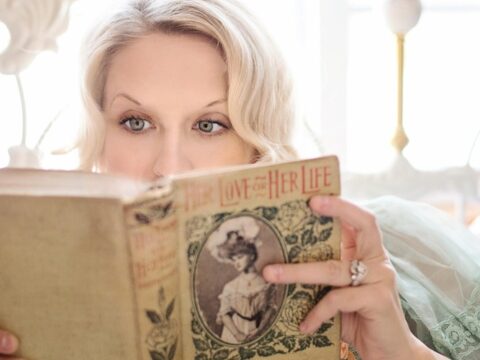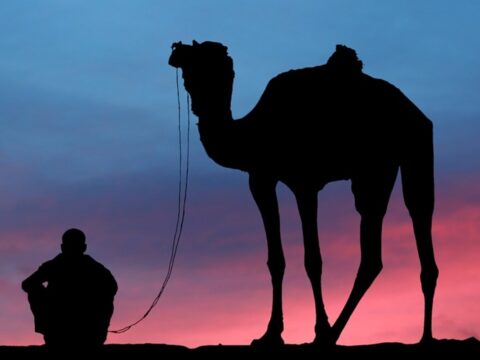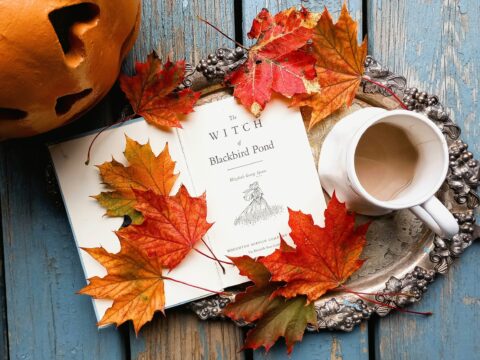Happy endings and fairy tales seem to be made for each other. And yet the happily ever after trope is mostly an invention of the modern fairy tale. Did you know that the original Little Mermaid never got the guy and dissolved into sea foam? Or that the first Little Red Riding Hood died in the wolf’s belly? Or that Cinderella’s white wedding is the same scene where her evil stepsisters have their eyes plucked out by vengeful birds?
Fairy tales have gotten a facelift since then. These days we live and die for happy endings. In fact, most of my generation grew up with Disney movies as the only version of fairy tales they knew. I still meet adults who’ve never even heard the original Cinderella story, which came with a lot of blood and grime 200 years ago. And like all fairy tales, our modern renditions of the classics tell you a lot about what we value, what we fear, and what we want most.
Entire books have been written on this subject by people far more qualified than me, but I’d like to share my theories on why modern fairy tales all have happy endings. Here are four reasons I believe happily ever after has captured our imaginations:
Theory #1: Fairy Tales Are Now Primarily for Children
This might shock you, but ancient fairy tales were never intended for little ears. Sure, some tales have didactic messages, but these fairy tales were derived from a strong oral tradition of adults—royalty and commoners alike—exchanging gruesome stories while gathered around the hearth on winter nights. These stories were basically the television of the medieval world. And they were pretty dark.
If you’re wondering why the original fairy tales are so brutal and bizarre, keep in mind that this was a time when people watched public executions for entertainment. Women and babies died in childbirth every day. A blighted crop meant starvation and death for an entire community. And about 60% of the population of Europe perished from the Black Death. These people were well acquainted with hardship, and they liked to outdo each other by telling the goriest stories possible. The Grimm Brothers cut out a lot of shocking content when they recorded the German fairy tales, and even the Grimms didn’t strictly intend for children to read their work.
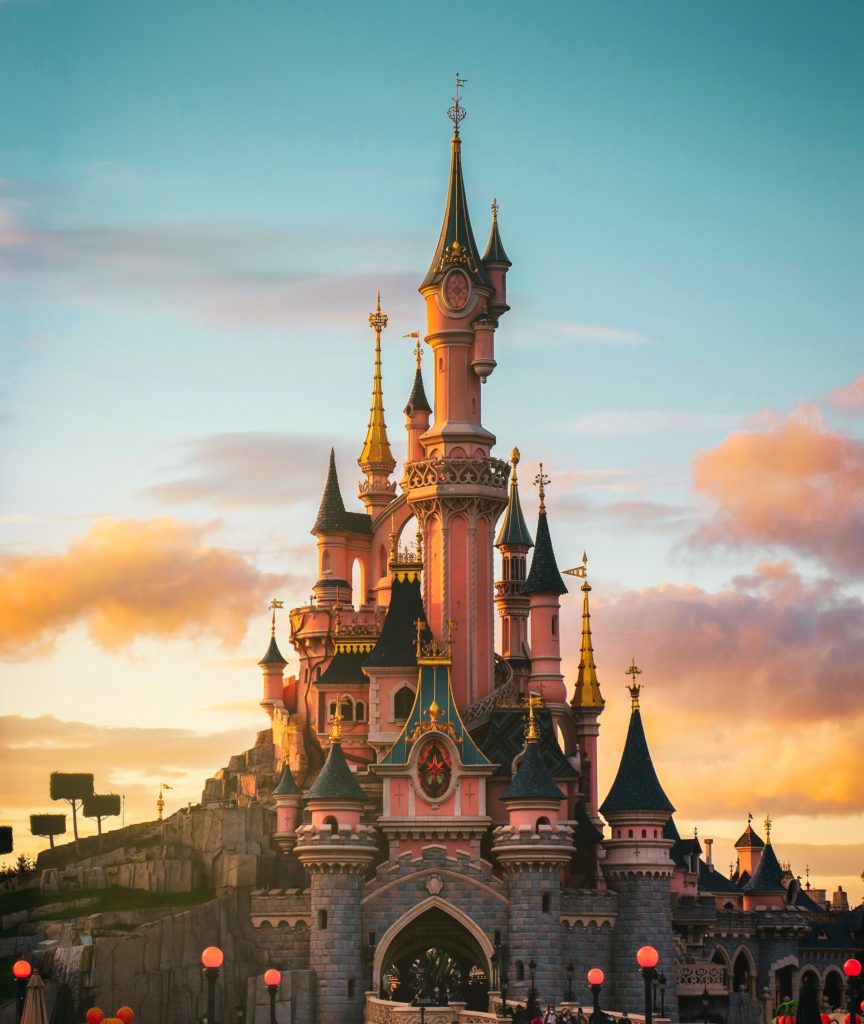
In sharp contrast, we have sanitized the living daylights out of our fairy tales to make them enjoyable for children while also shielding them from violence and nightmare fuel. Walt Disney in particular created modern fairy tales with magic and love to enchant the child in all of us. This vision is a far cry from the original fairy tales that had bad endings about as often as they had good endings. And even the good ones came with a heavy dose of death, cannibalism, and dysfunctional weirdness.
Theory #2: We’re Kind of Obsessed with Romance
Another thing I’ve noticed about modern fairy tales is how frequently they depict romantic love. True love. Love’s first kiss breaking unbreakable spells. Princesses finding Prince Charming and riding off into the sunset to live happily ever after.
While it’s true that lots of ancient heroines also ended up married, traditional fairy tales don’t shy away from the arranged nature of these relationships. And they feature very little kissing. Instead these tales focus on the rags to riches aspect of poor young girls and young fugitives winning themselves a crown and climbing the social ladder. That was the ultimate goal of the medieval storyteller: to win a load of riches and never go hungry again.
But modern fairy tales are all about that romance. Romance novels are the top-selling book genre in the world right now, and we’re definitely a society in which sex can sell anything. But despite the transactional nature of hookup culture these days, it’s pretty clear to me that we’re still dreaming about true love. About finding The One and riding off into the sunset. Why else would the phrase “it was just like a fairy tale” describe the idyllic relationship that ends in the ultimate wedding?

Theory #3: Our Brand of Escapism Escapes Reality Altogether
I can’t help but think that “happily ever after” was always meant to describe a problem-free future. A marriage with no fights, no gray hairs, no rebellious teenagers, and certainly no cellulite. Surely Cinderella and Prince Charming stay young, fit, and happy forever just like the story says. It might sound ridiculous, but I see parallels between this complete denial of reality and many aspects of our society today.
Think about it: we go to great lengths to stop ourselves from aging, to remove all discomfort from our lives, and to numb ourselves into contentment with nonstop technological entertainment. Instead of venturing into the real world for real experiences with real people, we seem to prefer huddling behind screens and interacting with virtual human beings through social media.
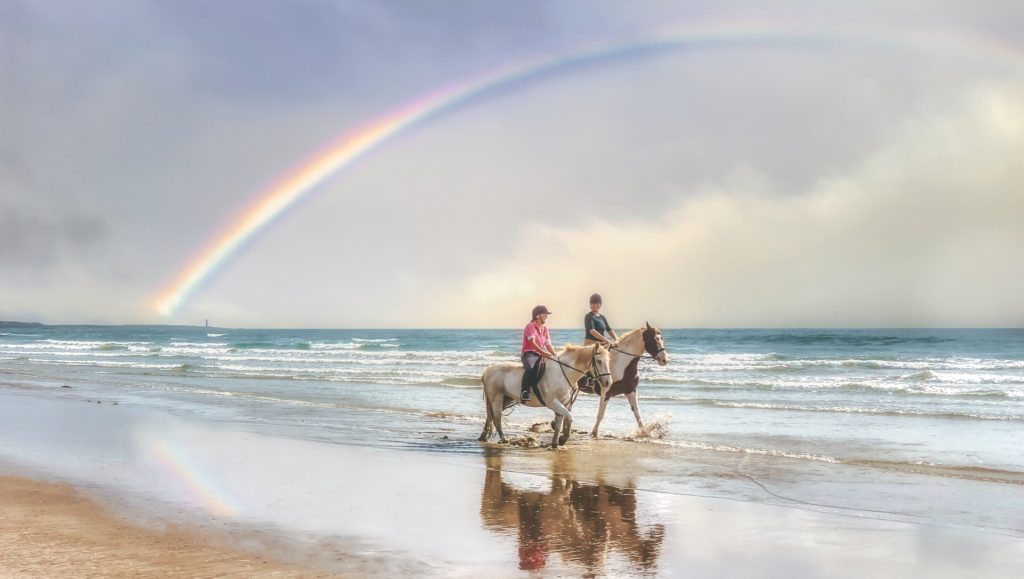
Even more concerning, we’ve turned into a society that has scrubbed all everyday reminders of death from our lives. We buy prim little packages of meat from the supermarket, not even considering the animals that died to supply them. We have nurses, hospitals, and nursing homes to care for frail members of society. And funeral homes now handle our dead that were once prepared for burial by their own families. Food for thought.
We’re a society with so many conveniences that we can completely forget that none of us make it out of this world alive. I think it says a lot about us that fairy tales, which once contained gruesome details of starvation, death, and torment, have become so sanitized, happy, and pure. Sure, gory horror films and tragic stories still exist for us to consume, but our mainstream entertainment leans toward the happy and fluffy because that’s what we prefer.
Theory #4: Our Society’s Biggest Fight Is Against Diseases of Despair
This theory is more serious in nature, but I can’t possibly ignore it. In the past ten years, America has seen a sharp rise in diseases of despair: alcoholism, drug addictions, mental health conditions like depression and clinical levels of anxiety, and suicidal ideation. This was a huge problem even before the pandemic hit. Since then, drug overdoses and suicide attempts have skyrocketed at alarming rates, especially among kids under the age of eighteen.
These problems are spiraling out of control in part because modern Americans report overwhelming feelings of loneliness. Is it any wonder that the modern fairy tales we enjoy contain such strong messages of love and connection? OF COURSE we want to read about people finding a home, changing their fate, falling in love, and succeeding in the end.
Maybe we desperately need to believe that a simple story arc and a little magic is how we’ll escape our own problems.
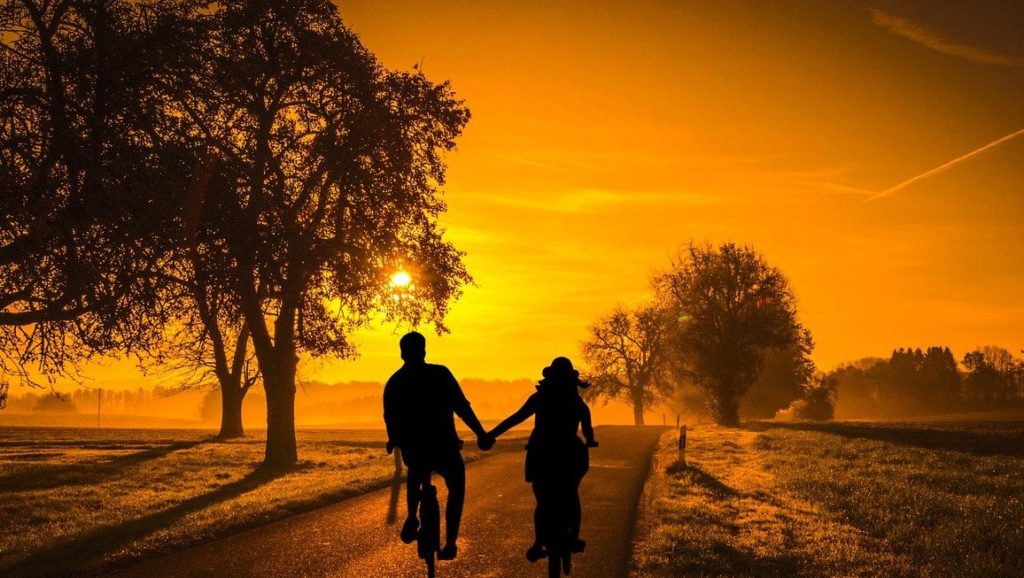
So . . . Is Our Obsession with Happy Endings a Cry for Help?
In all honesty it could be. We definitely have a connection problem in our society. Modern fairy tales highlight our aching desire to fall in love, find acceptance, and break free of loneliness. At its core, this really is a fundamental human need. I think the intensity of our happy endings complex and fairy tales’ departure from reality says a lot about us.
But is this form of escapism actually a problem?
Could Our Ultimate Desire for Happiness Be a Breakthrough?
I’ve seen a trend recently of writers and movie makers lashing out at the happily-ever-after concept. Fairy tales are getting dark and gritty again. It’s to be expected after Disney has ruled the fairy tale genre for so long. Even Disney is putting out movie after movie lately with no romantic element at all in protest of the Disney princess mold. But these stories still contain strong themes of love and connection: siblings reconnecting (Frozen), communities reuniting (Moana), or families ending an unhealthy cycle once and for all (Encanto).
All three of those examples still have happy-go-lucky endings by the way.
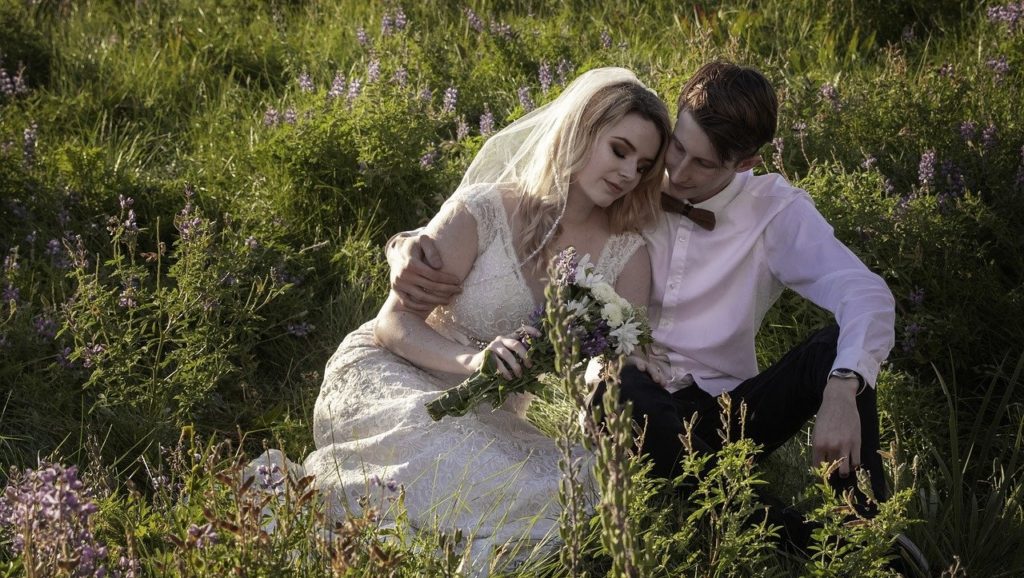
Personally, I see nothing wrong with stories that turn out well in the end. The world is a dark enough place already. Why not bring a little light to our storytelling and spread a message of hope to children and adults alike? If life really imitates art, maybe it’s an act of bravery to tell stories that end the way we all wish they would. At least that’s my take. ❧

